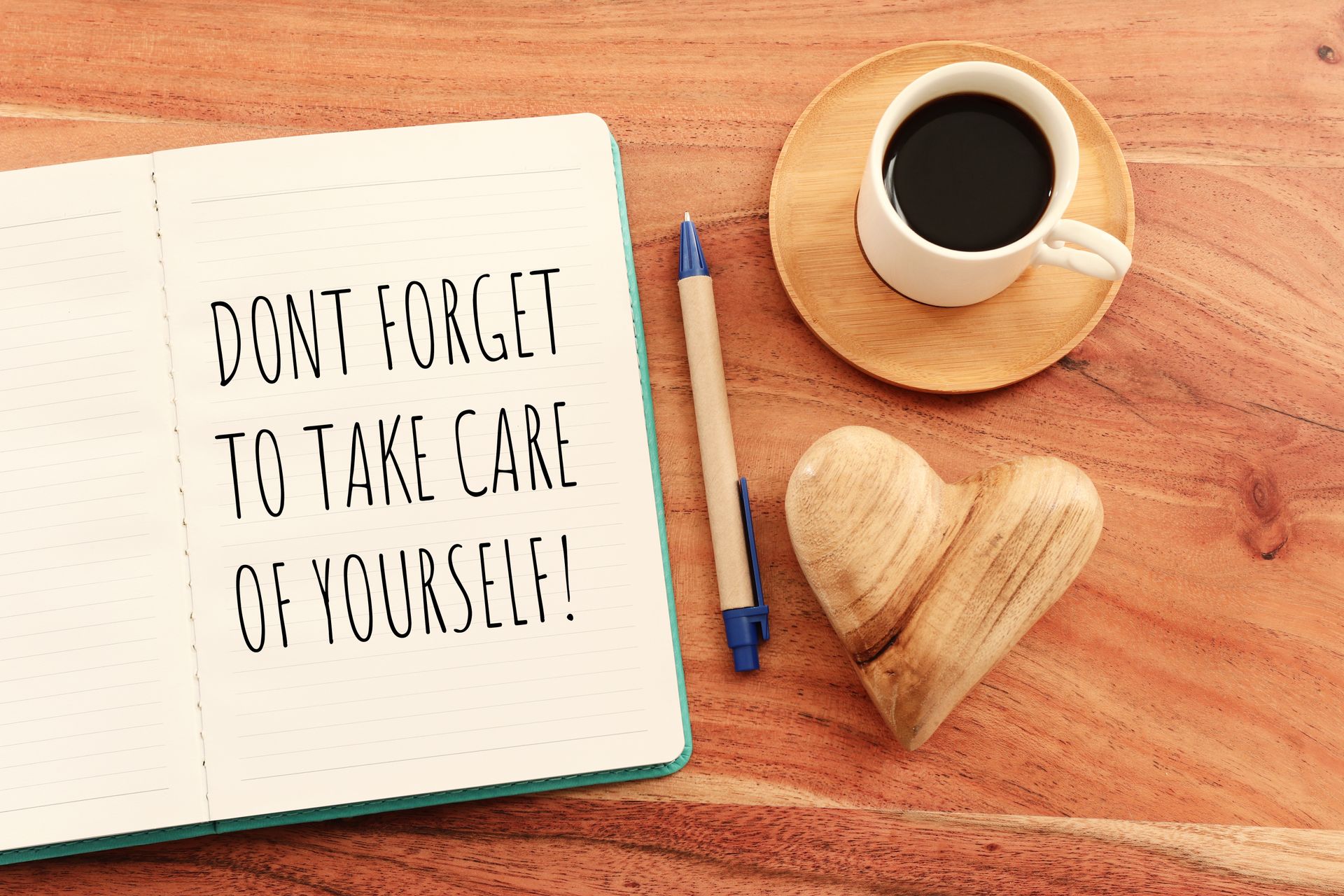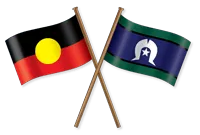November 28, 2025
Each year on 3 December, the world marks the International Day of Persons with Disabilities (IDwPD) — a global observance proclaimed by the United Nations General Assembly in 1992 to promote understanding, inclusion, and respect for people with disability. The theme for 2025, Fostering disability inclusive societies for advancing social progress , calls on all of us, governments, organisations, and communities, to do more than talk about inclusion. It asks us to live it. What this day means IDwPD is a reminder that progress doesn’t just happen through innovation or policy. True progress happens when people are valued for who they are, when their voices are heard, and when their rights are upheld. The day highlights the need for societies that are inclusive not only in design, but also in attitude — where accessibility, understanding, and participation are embedded in everyday life. Why it matters to helpz At helpz, we work every day alongside people with disability to make inclusion a reality. Whether through positive behaviour support, therapy, or employment pathways, our focus is always on seeing the whole person — their goals, their potential, and their right to be part of their community. We believe inclusion is more than a policy; it’s a practice. It means: Recognising that everyone’s needs and experiences are different. Supporting people to make choices and have control over their lives. Building systems that enable participation, not dependence. Creating environments that celebrate diversity and belonging. For us, inclusion is also about connection. It’s about people feeling they are seen, heard, and valued — not as participants in a system, but as equal members of society. Building disability-inclusive societies A disability-inclusive society is one where barriers, physical, social, and attitudinal, are removed. It’s one where access and opportunity are not afterthoughts but expectations. From workplaces and education to healthcare and community programs, inclusion benefits everyone by fostering empathy, creativity, and stronger communities. Every person has something to contribute. When we build environments that make that contribution possible, we advance not just individual wellbeing, but social progress as a whole. Looking ahead As the global conversation around disability inclusion continues, IDwPD gives us all an opportunity to pause and reflect — not only on how far we’ve come, but on how far we still have to go. At helpz, we remain committed to supporting people with disability to live life their way — with choice, connection, and confidence. Because when we foster inclusion, we don’t just improve lives; we create stronger, kinder, more resilient communities. Inclusion is progress. And progress is something we can all be part of. Find out more about IDPwD day here .










